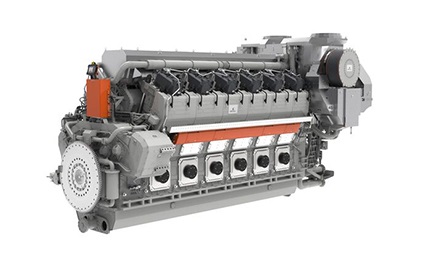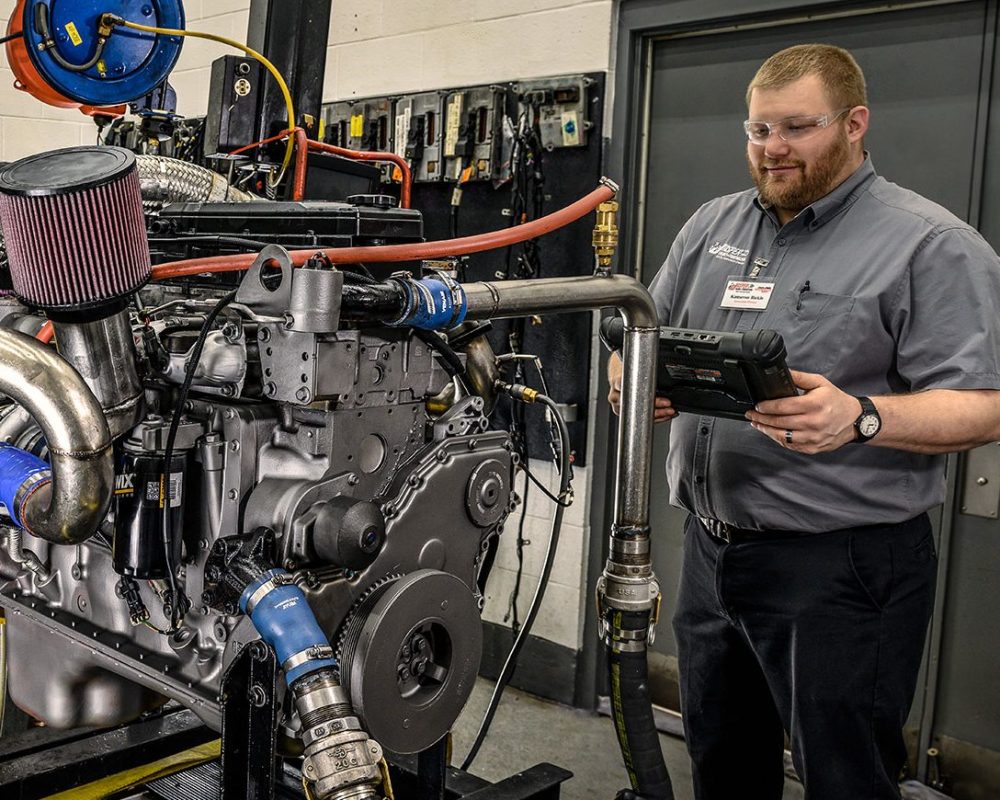Check Out Engines for Africa at Our Thorough Auto Parts Store
Check Out Engines for Africa at Our Thorough Auto Parts Store
Blog Article
The Mission for Ultimate Driving Power: Exploring the Peak of Engine Performance and Technological Developments in the Automotive Field
In the realm of auto engineering, the search of maximum driving power has actually been an unrelenting mission that has actually unfolded with the evolution of engine design and the integration of innovative technologies. From the thorough craftsmanship of burning engines to the rapid improvements in electrical propulsion systems, the automobile field stands at the cusp of a brand-new period characterized by unmatched efficiency capabilities.
Advancement of Engine Design

Furthermore, the combination of turbocharging and turbo charging modern technologies has actually revolutionized engine layout by increasing power without significantly increasing engine dimension. These forced induction systems press the consumption air, allowing for more fuel to be combusted, therefore creating greater power output from a smaller sized engine. This advancement has been especially critical in enhancing the performance of smaller displacement engines while maintaining fuel effectiveness requirements.

Performance-Enhancing Fuel Technologies
The implementation of innovative fuel innovations has actually considerably added to improving engine efficiency in contemporary vehicles. From conventional fuel and diesel to innovative biofuels, artificial gas, and hydrogen, the automobile market is witnessing a change in fuel choices. Biofuels, stemmed from eco-friendly sources like algae, corn, or sugarcane, offer boosted and lowered emissions engine effectiveness. Artificial fuels, created via chemical processes, offer high octane scores, improving power outcome. Hydrogen gas cells, although still in the beginning of adoption, show fantastic assurance due to their zero-emission nature and capacity for high efficiency. Furthermore, fuel additives and cleaning agents are being created to clean engine elements, optimize burning, and reduce friction, thereby improving overall automobile efficiency. With recurring r & d, the pursuit for the ultimate driving power continues, as designers make every effort to open the complete capacity of performance-enhancing gas modern technologies in the automotive industry.
Improvements in Electric Propulsion
Considerable strides in electrical propulsion innovation have actually transformed the automobile industry, paving the way for a brand-new age of lasting and effective transportation. Electric vehicles (EVs) are acquiring appeal due to their ecological benefits and improvements in battery modern technology, making it possible for longer driving varieties and much shorter billing times. Makers are investing heavily in study and advancement to boost the efficiency of electric propulsion systems, concentrating on raising power outcome, enhancing energy efficiency, and minimizing total weight.
One notable advancement in electrical propulsion is the growth of advanced electric motors that deliver greater torque and power thickness, causing boosted velocity and total driving efficiency. Furthermore, regenerative braking systems have actually been improved to keep and catch power throughout slowdown, additional improving the effectiveness of EVs.
Additionally, the assimilation of clever modern technologies, such as expert system and anticipating analytics, is enhancing the management of electrical propulsion systems, ensuring optimum efficiency under numerous driving problems. These improvements in electric propulsion are improving the vehicle landscape, driving the industry content in the direction of an extra sustainable and energized future.
Effect of Computational Fluid Characteristics
With improvements in electric propulsion pressing the limits of automotive technology, the assimilation of Computational Fluid Dynamics is playing a crucial duty in optimizing wind resistant efficiency and boosting total effectiveness in automobile layout. Computational Fluid Characteristics (CFD) involves using computer simulations to analyze the circulation of air around an automobile, enabling designers to predict exactly how style changes will influence aerodynamics without the demand for costly physical models. By accurately modeling air movement patterns, CFD enables the improvement of car forms to decrease drag, improve air conditioning, and enhance stability.
One trick benefit of utilizing CFD in lorry design is the capacity to iterate quickly, exploring various design variations to determine one of the most aerodynamically efficient services. This repetitive procedure causes vehicles that are not only sleeker and extra visually attractive yet also a lot more fuel-efficient and eco-friendly. CFD allows designers to maximize air movement around parts such as radiators, engine bays, and wheel wells, adding to boosted efficiency and overall driving experience. To conclude, the assimilation of Computational Liquid Characteristics stands for a substantial action forward in the quest for supreme driving power and effectiveness in the vehicle sector.
Future Patterns in Engine Advancement
In the vibrant landscape of automobile engineering, cutting-edge developments are forming the future trajectory of engine advancement. The future of engine style is marked by a strong focus on efficiency, efficiency, and sustainability. Producers are progressively concentrating on establishing engines that not only deliver high power results yet additionally prioritize ecological duty by minimizing emissions and boosting gas efficiency.
One noticeable trend in engine technology is the increase of electrification. Hybrid and electrical powertrains are acquiring grip as viable options to traditional combustion engines. These modern technologies use the capacity for substantial reductions in carbon emissions and boosted power effectiveness, aligning with worldwide initiatives to battle environment change.
In addition, advancements in materials science and manufacturing methods are making it possible for the production of lighter and Recommended Reading a lot more sturdy engine parts. This change in the direction of lightweight products such as carbon fiber and aluminum alloys adds to improved performance and fuel economic situation.
Conclusion
In conclusion, the quest of best driving power in the auto sector remains to drive innovations in engine design, fuel innovations, electric propulsion, and computational fluid dynamics. The development of these modern technologies is forming the future of engine advancement, paving the means for more effective and reliable lorries (engines for africa). As the sector proceeds to push the borders of what is possible, we can anticipate to see even extra innovative developments in the quest for peak efficiency
One of the vital turning points in engine style evolution is the change from typical carbureted engines to modern fuel-injected systems. By precisely metering the gas shipment to each cyndrical tube, fuel-injected engines enhance combustion, resulting in far better efficiency and lowered environmental influence.
In addition, the combination of turbocharging and supercharging technologies has actually transformed engine layout by increasing power without considerably enhancing engine size (engines for africa).The implementation of sophisticated gas innovations has actually considerably added to boosting engine performance in modern-day vehicles. Furthermore, fuel ingredients and detergents are being developed to tidy engine components, enhance combustion, and reduce rubbing, see this website thereby improving overall automobile efficiency
Report this page